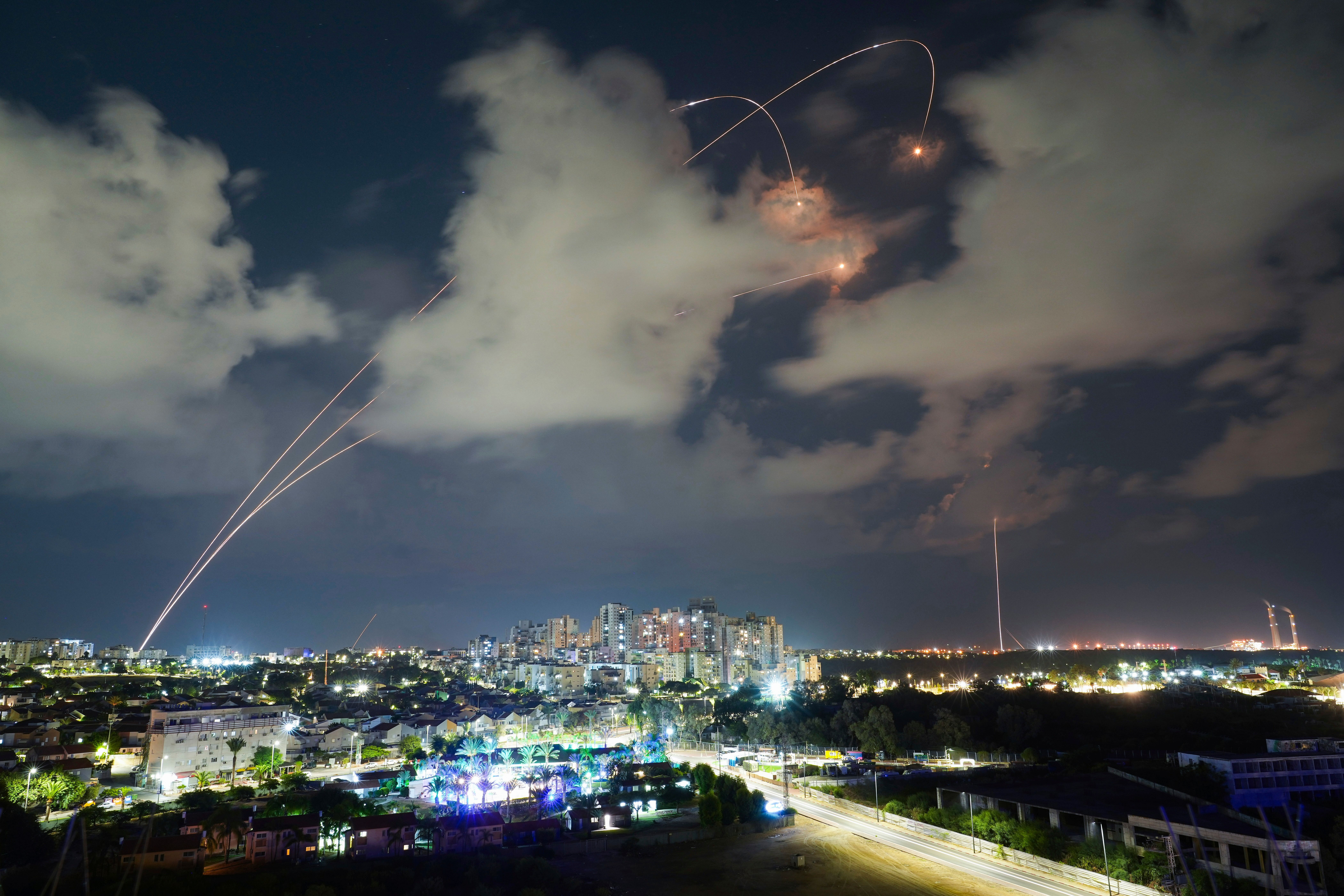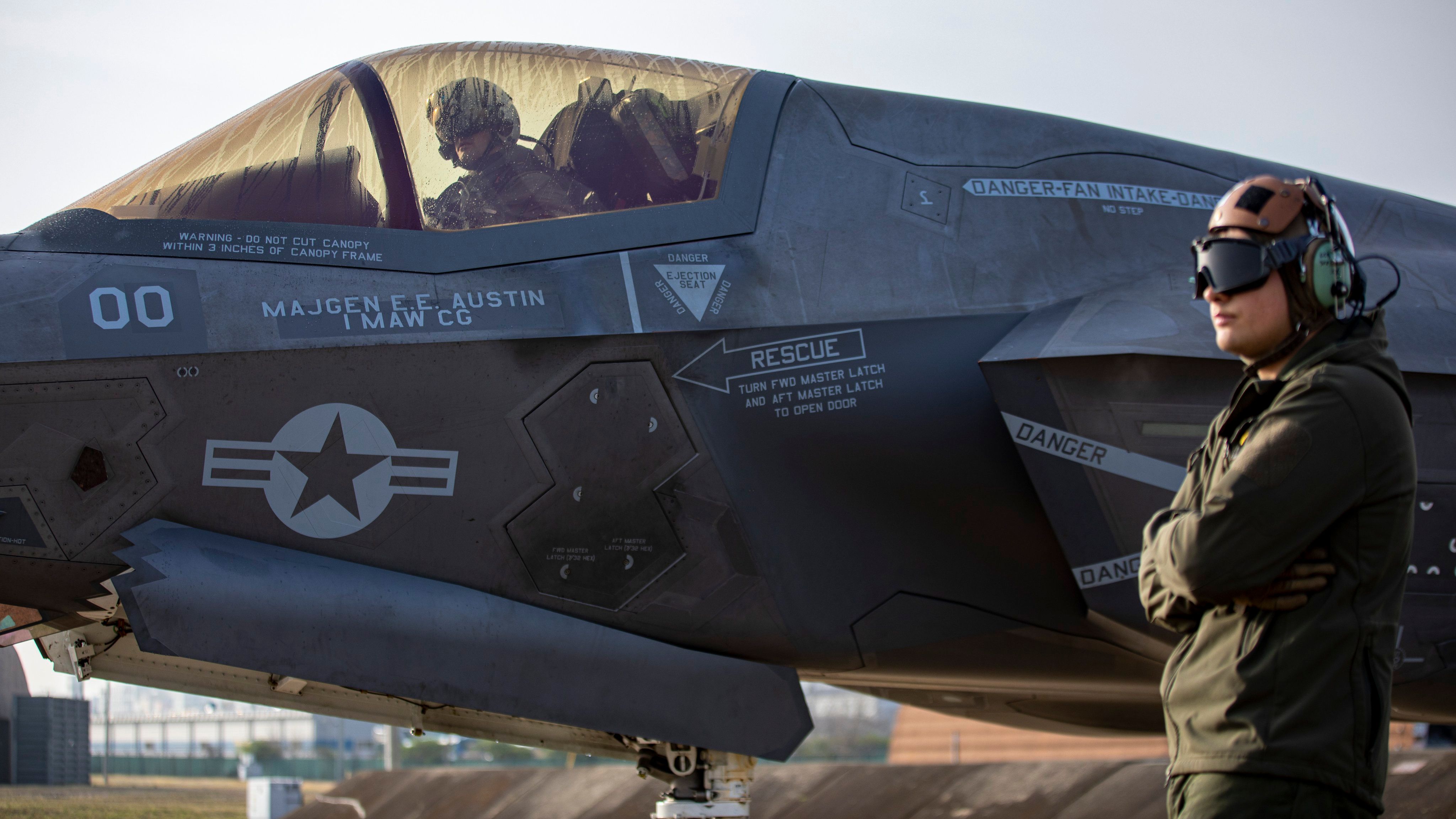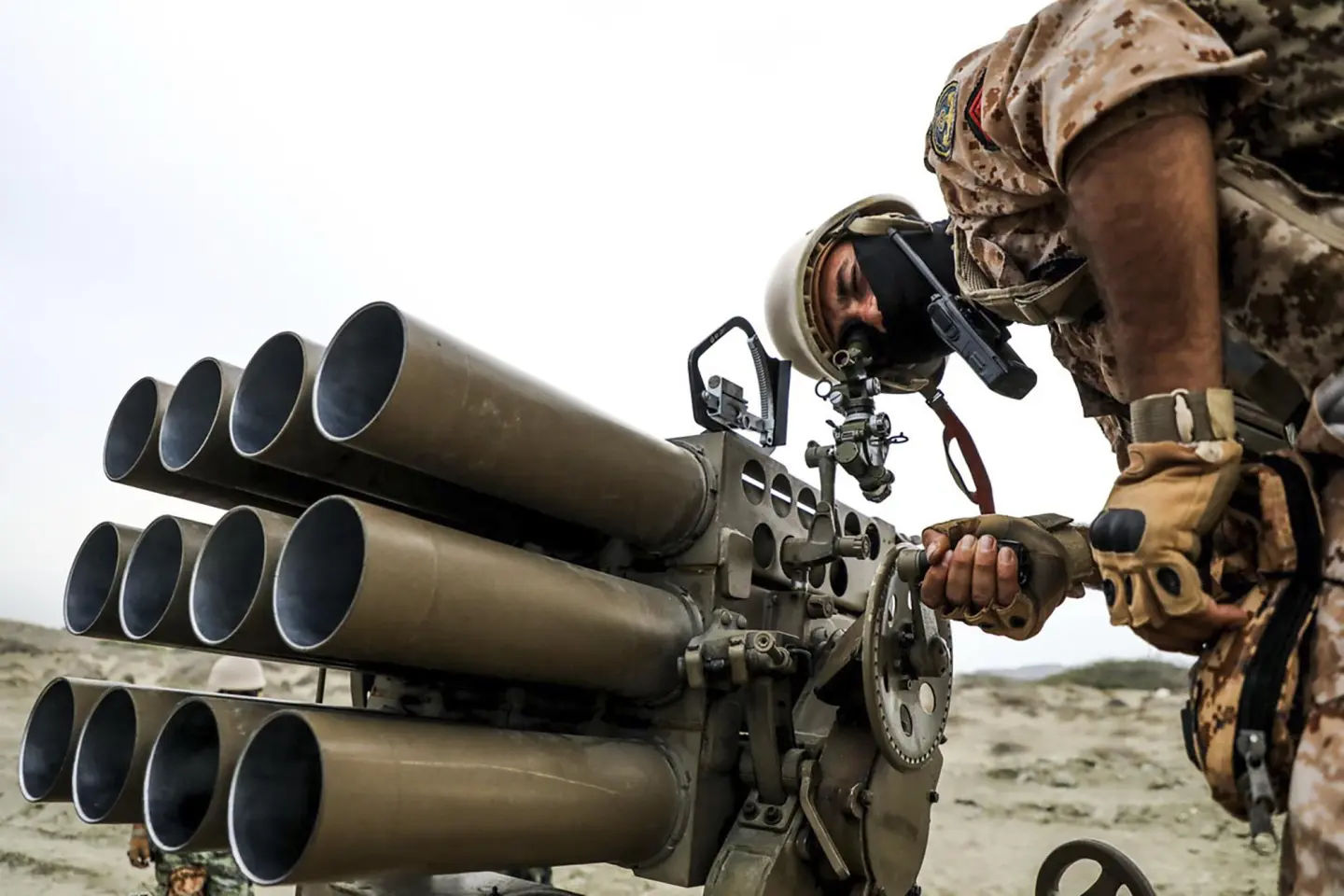Updated April 16th, 2024 at 23:26 IST
Iran's Masterful Execution of Drone Warfare on Israel Shakes Western Defences
Iran's April 13, 2024, drone strike on Israel signifies a paradigm shift in modern warfare, catching Western military strategists off guard.
Evening of 13 April 2024
Tehran: Iran's unprecedented use of drones in the April 13, 2024, attack on Israel marked a significant milestone in modern warfare. The scale and sophistication of the drone assault caught Western military strategists off guard, highlighting the growing importance of unmanned aerial vehicles in contemporary conflicts. Iran's ability to deploy over 170 drones simultaneously showcased its technological prowess and strategic innovation, challenging conventional notions of military superiority.

Iran's decision to employ drones as the primary weapon in its offensive against Israel reflects a strategic shift in military tactics and capabilities. By leveraging drones' agility, speed, and precision, Iran aimed to circumvent traditional air defences and strike critical targets with minimal risk to its forces. The success of the drone strike, albeit limited, underscores the effectiveness of asymmetrical warfare and the adaptability of non-state actors in confronting technologically advanced adversaries.
West Enhancing Military Preparedness
In the aftermath of Iran's drone strike, Western military establishments have intensified efforts to enhance their defences against unmanned aerial threats. Israel, in particular, has ramped up investments in advanced anti-drone technologies and tactics to counter future drone attacks effectively. The incident has prompted a reevaluation of traditional defence strategies, with a renewed focus on the integration of cutting-edge technologies and comprehensive threat assessments.

Iran's use of drones in the April 13 attack exemplifies the evolving nature of modern warfare, where technological innovation and strategic manoeuvring play pivotal roles. The integration of drones into military operations offers new avenues for asymmetric warfare, allowing smaller, less resourceful actors to challenge conventional powers effectively. As nations adapt to this new reality, the race to develop and deploy advanced drone technologies intensifies, shaping the future of global security and conflict resolution.
Iran’s 3-wave attack on Israel
Iran launched a bold military offensive against Israel and the Israeli-occupied Golan Heights on April 13, 2024. The operation, named "True Promise," marked Iran's first direct attack on Israel since the onset of the Iran-Israel proxy conflict. It involved a coordinated effort by the Islamic Revolutionary Guards Corps (IRGC) along with other regional groups, including the Iraqi Popular Mobilization Forces, Lebanese Hezbollah, and the Yemeni Houthis.
Iran's attack, characterized by a significant show of force, was meticulously planned and executed with precision. Utilizing drones, cruise missiles, and ballistic missiles, Iran aimed to overwhelm Israeli defences and strike key military installations. The assault, which unfolded in the dead of night, caught Israel and its Western allies off guard, challenging their conventional notions of military superiority.
Iran's intent to assert its regional dominance
Iran's decision to notify the United Nations of its impending attack days in advance deviated from typical military tactics, signalling a strategic shift in approach. This bold declaration, coupled with the subsequent display of military might, underscored Iran's intent to assert its regional dominance and challenge Western hegemony in the Middle East. The operation, intended as retaliation for a previous Israeli airstrike on the Iranian embassy in Damascus, demonstrated Iran's resolve to confront perceived threats to its sovereignty.

The scale of Iran's drone and missile attack, unprecedented in modern military history, posed a significant challenge to Israeli defences and regional stability. With over 170 drones, 30 cruise missiles, and 120 ballistic missiles deployed, Iran sought to exploit technological advancements and strategic vulnerabilities to achieve its objectives. The audacity and scope of the assault sent shockwaves across the region, raising concerns about the escalation of hostilities and the potential for a broader conflict.
Analyzing Western Response
In response to Iran's aggression, Israel, supported by its Western allies, initiated Operation Iron Shield to intercept and neutralize incoming threats. Utilizing advanced defence systems such as the Iron Dome and Patriot missiles, Israeli forces successfully intercepted the majority of Iranian drones and missiles, minimizing damage and casualties. Despite initial setbacks, the swift and coordinated response by Israel and its allies demonstrated their resolve to defend against external threats and maintain regional stability.
Iran's brazen military offensive and the subsequent response by Western powers have far-reaching implications for regional security and global geopolitics. The incident underscores the evolving nature of warfare in the 21st century, characterized by the increasing use of unmanned aerial vehicles and asymmetric tactics. It also highlights the shifting balance of power in the Middle East, with Iran emerging as a formidable regional player capable of challenging established norms and alliances.
Published April 16th, 2024 at 23:17 IST